Supermicro ARS-210M-NR Topology
Doing a quick check of the topology, we had this system set up as a single monolithic CPU. Everything was attached to the processor. What one will quickly notice here is that the caching structures are nowhere near what we see in AMD’s current generations. Still, the topology of this with each of the NVIDIA A16 cards containing four 16GB Ampere generation GPUs is fairly wild.
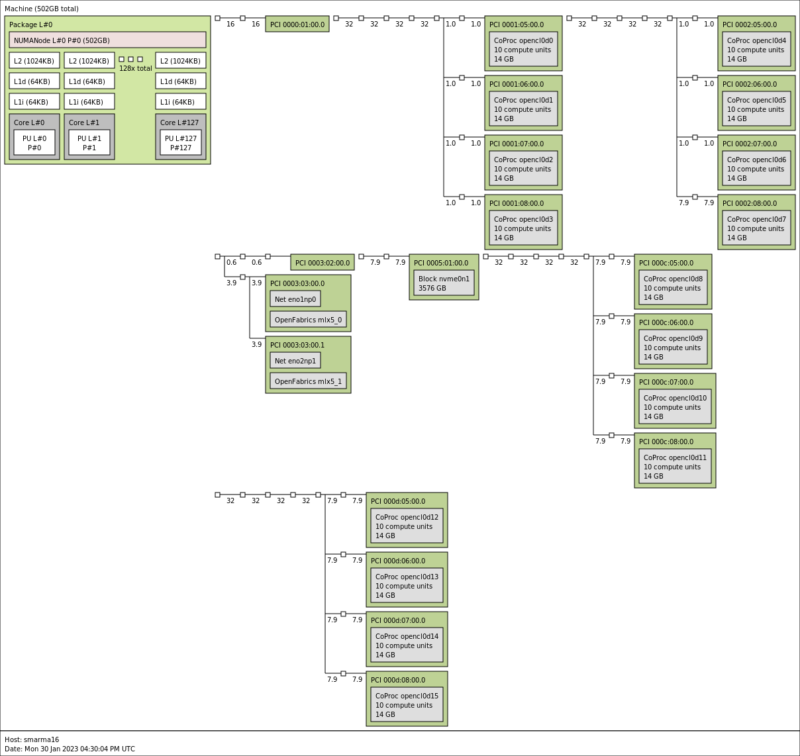
Here is a look at the nvidia-smi output. Seeing 16 physical GPUs is always fun.
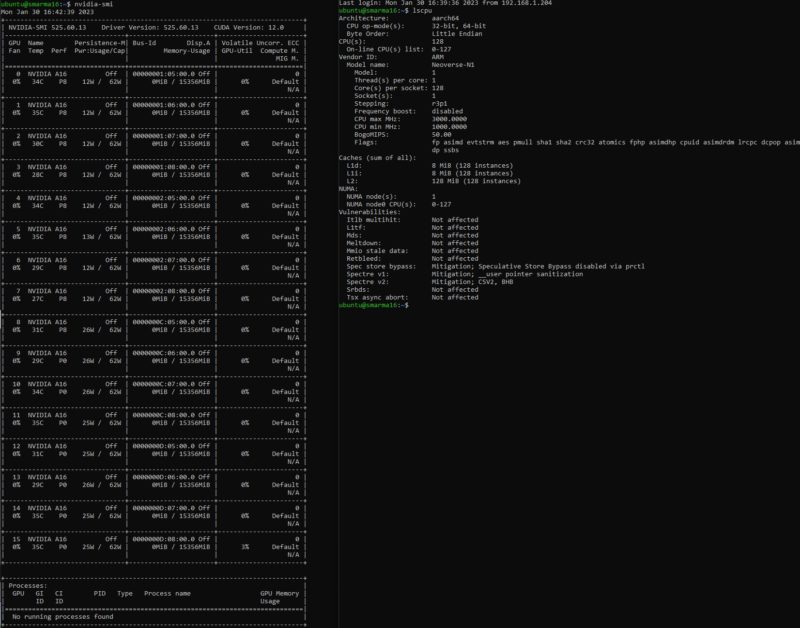
Here is a quick lscpu output:
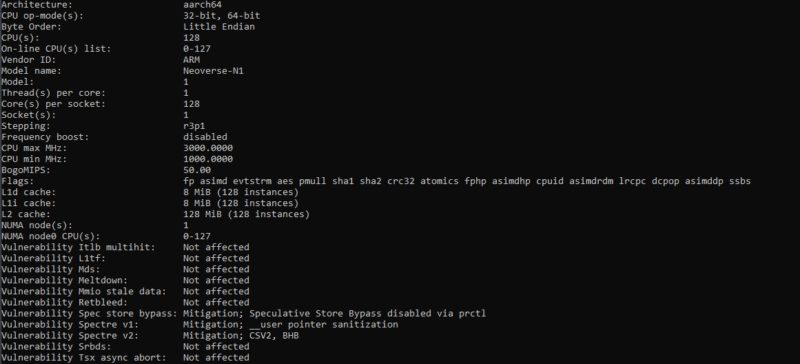
On the networking side, here are the ConnectX-4 Lx NICs:
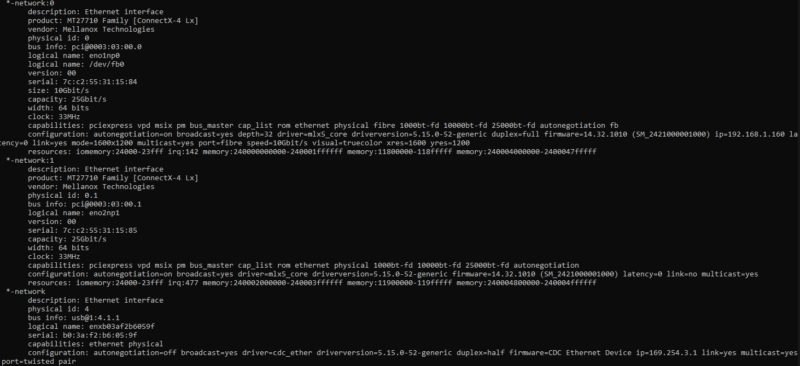
If this looks like standard Ubuntu output, that is because it is. More on that shortly.
Next, let us get to the management.
Supermicro ARS-210M-NR Management
The Supermicro server was running something very different. It had OpenBMC instead of Supermicro’s standard solution. Supermicro has different options here, but we are really seeing OpenBMC pick up in the market, so this was cool to look at.

The dashboard was not as busy as many we see these days, but it was functional.
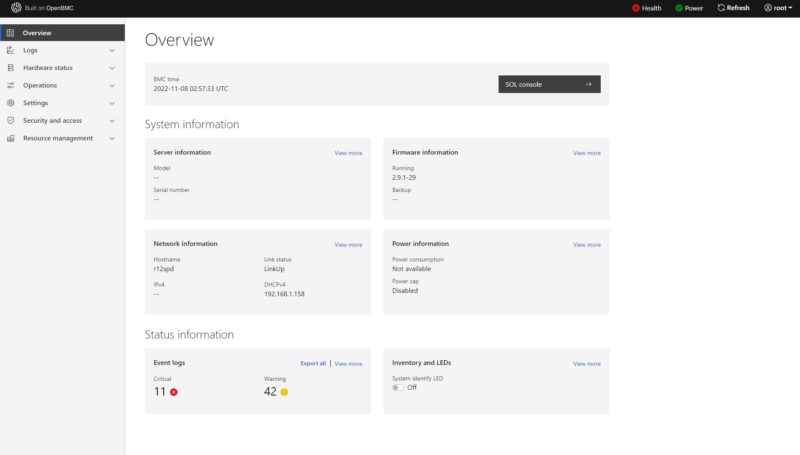
Here we can see in the system inventory the Ampere Altra Max M128-30 processor is installed.
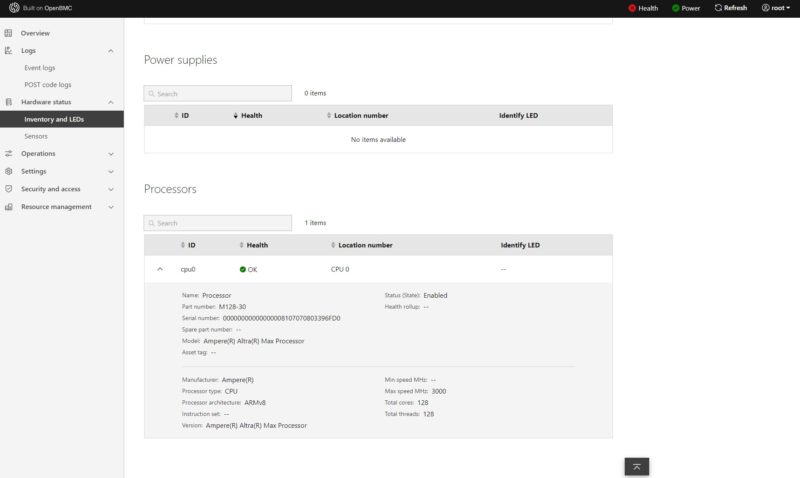
OpenBMC included functions like Virtual Media and also SOL/ iKVM functionality.
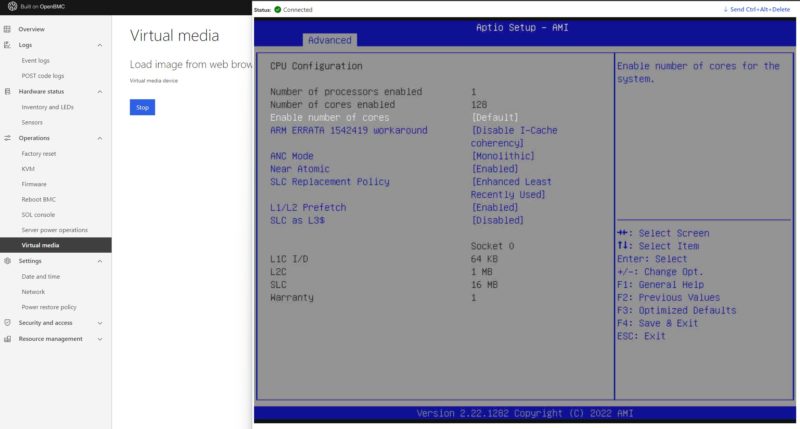
There was even a feature we have wanted in Supermicro servers for years, and this is the first we have tested that has it: the ability not just to reboot a server but to select a boot action from the management interface!
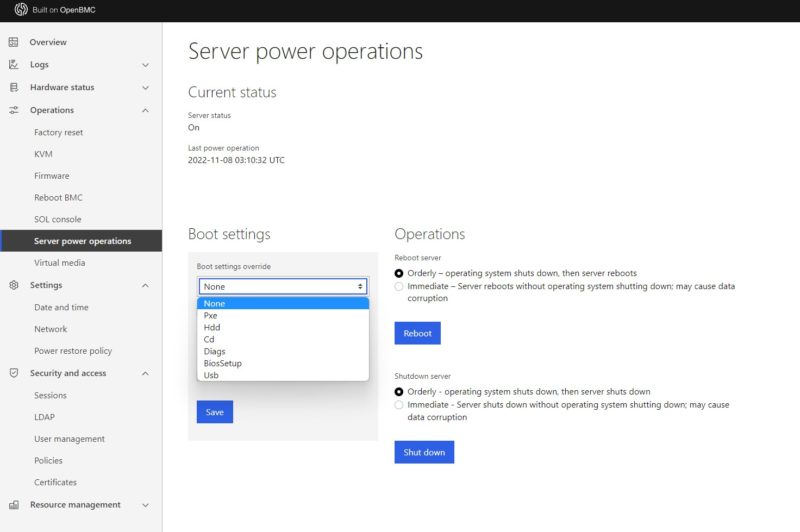
Overall, OpenBMC worked fairly well. We may even have another platform with it soon on STH. First, let us get to the performance and OS support.




STH review of NVIDIA A16 when? I loved your old GRID M40’s https://www.servethehome.com/nvidia-grid-m40-4x-maxwell-gpus-16gb-ram-cards/
But… can it run 16 copies of Crysis at 1080?
Title is kind of confusing as there are not 16x GPUs in the system reviewed.
The A16 is a card that contains 4xA2s each with 16GB of dedicated ram. With 4xA16 you would have 16x A2s.
We ran the Bombsquad-stress in this system which up to 128 instances (concurrent users) with 1080P@60fps.
When running the high-quality Genshin Impact this system can support 48 instances and all running 1080P@60fps.
If this has 16x GPUs, then the First Gen EPYC dual-socket configuration had 8-CPUs.
It’s how Nvidia wants to market it but it’s not how we’ve discussed these sorts of products in the past. If one of the GPUs goes bad, how many do you need to replace? 1? Nope, you need to replace 4.
DDR5 almost had this problem but we’ve all settled on calling the current systems by the number of DIMMS instead of sub-channels.